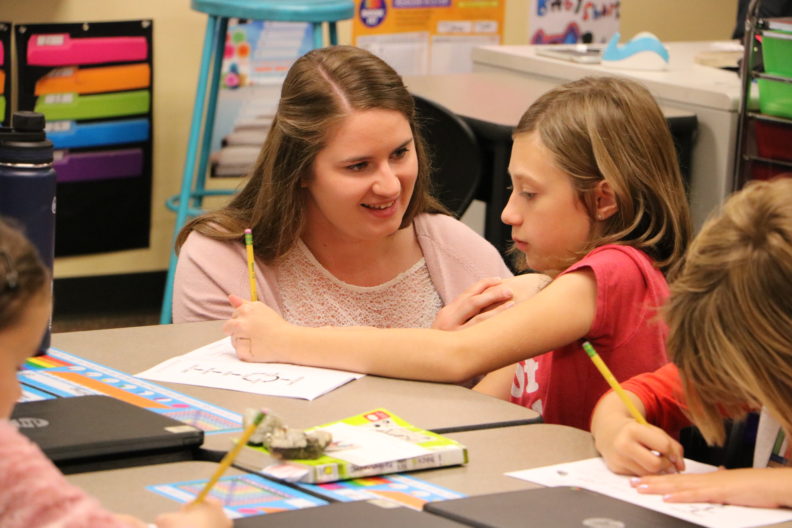STEM research update
b.chapmanWe previously hosted Tamara Holmlund on our podcast (Education Eclipse 027 Today’s STEM Education) and she told us about a Next Generation STEM Teacher Preparation project that she and other researchers were working on. This past summer, Holmlund and a colleague from UW Bothell collaborated to put engineering and sustainability into the STEM collaboration she’s been doing for the last five years.
“The outcome was very positive, even beyond the third grade classrooms,” Holmlund said.
The Battle Ground School District featured part of this project in a recent blog post. We republish here:

Pleasant Valley Primary 3rd graders help endangered butterflies
Armed with little more than pencils, clipboards, and their own ingenuity, the third graders in teacher Talea Jones’ class at Pleasant Valley Primary School are working to solve quite the complex problem: how can they, acting as ecologists and designers, help create a healthy habitat to attract and protect endangered Taylor’s checkerspot butterflies to their school grounds?
This fun and scientifically engaging project is part of an annual Science, Technology, Engineering and Math (STEM) collaboration between the third grade classes at Pleasant Valley Primary in Battle Ground Public Schools and the student teachers at Washington State University-Vancouver. The partnership benefits both the district and the university through the practical application of STEM learning. WSU-V students earning their K-8 masters in education degrees visit the PVP campus and act as guest teachers for two hours a week over the two-week course of the project. The specific theme changes from year to year, but always involves a STEM project with a focus on sustainability education, design thinking, and engineering concepts.
“It’s a great opportunity for these young learners to experience a field-based research project,” said guest teacher and WSU-Vancouver student Stephanie Pederson. “Project based learning like this provides students with an engaging experience that is highly valuable and completely authentic.”
Taylor’s checkerspot butterflies were once abundant in the inland prairies of the Pacific Northwest, located west of the Cascade Mountains from British Columbia south through Oregon’s Willamette Valley. Almost two centuries of agriculture and the growth of urban areas has eliminated about 99 percent of the butterflies’ native habitat. As a result, the once abundant Euphydryas editha taylori are now a Washington state-endangered species and listed under the U.S. Endangered Species Act.
To develop a design solution, the students have learned everything they can about the butterflies, including their habitat needs throughout all four stages of their life cycle. The students then learned to identify the native plants that serve as both food and shelter for the Pacific Northwest pollinators before heading out to the great outdoors to identify plants and make field observations in their project notebooks.
After their field books are full of notes and sketches, the young engineers-in-training head back to the classroom so they can start designing solutions that will help protect the butterflies throughout all stages of their life cycles. After creating their designs, the students swap booklets and peer review each other’s’ work, helping to refine their ideas and collaborate on the best, most practical solutions.
“I like that I got to be creative and make something,” said William Johnstone, a student in Mrs. Jones’ class. “Before this project, the only thing I can remember designing in school was a math word problem, so this was really fun.”
The Oregon Zoo began recovery efforts with the Taylor’s checkerspot butterfly in 2003. Zoo staff work to save these delicate pollinators from extinction with partners from the U.S. Fish and Wildlife Service, Washington Department of Fish and Wildlife, Xerces Society, the Nature Conservancy, as well as several regional universities, zoos, conservation groups, government agencies, and correctional facilities to help protect and supplement wild butterfly populations. More information is available at https://www.oregonzoo.org/conserve/fighting-extinction-pacific-northwest/taylors-checkerspot-butterfly.
###